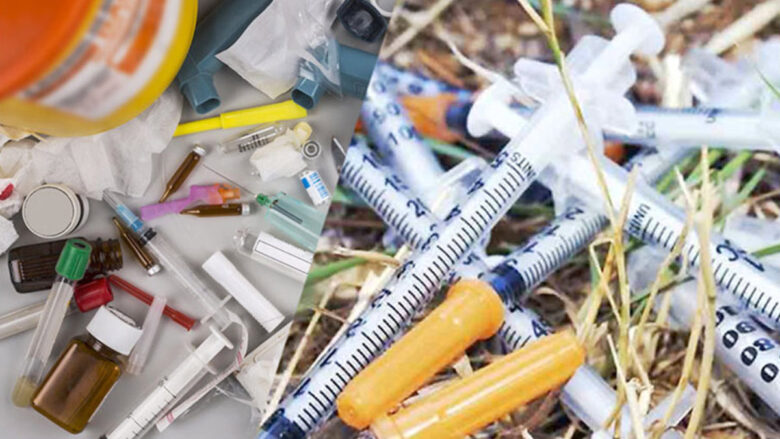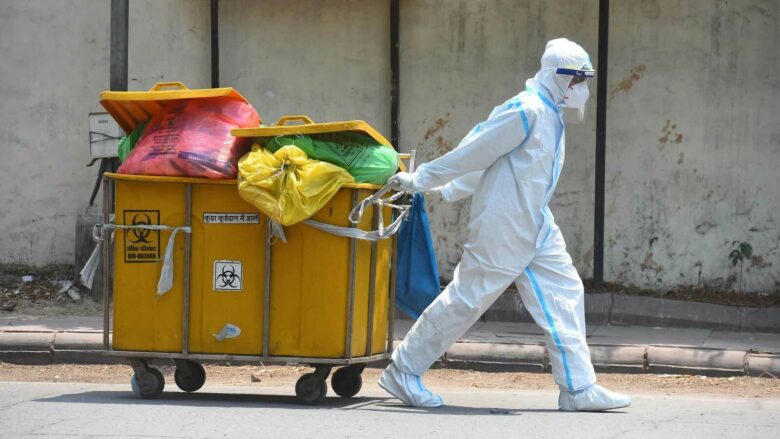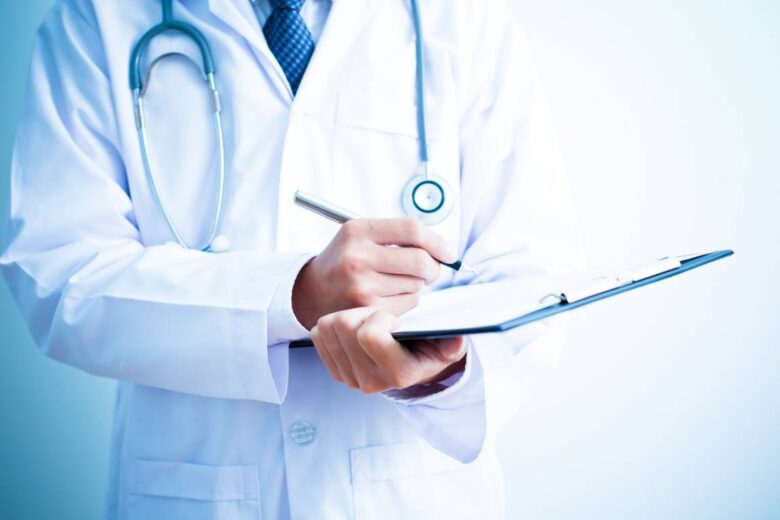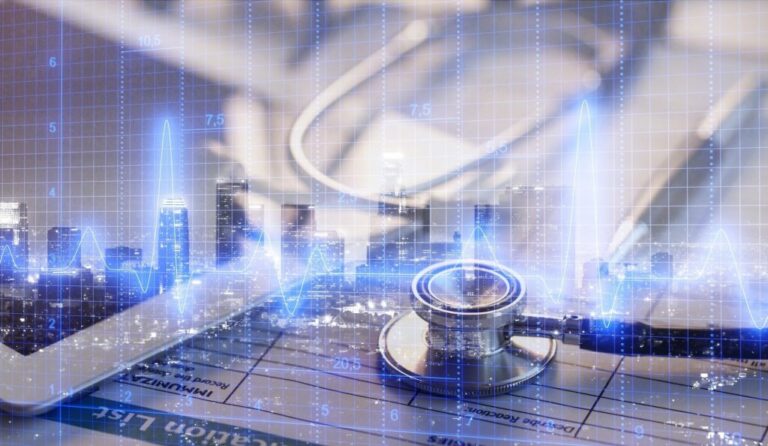Are you a health-related business trying to figure out how to manage medical waste? You don’t have to be a healthcare professional to know that taking care of medical waste can be a daunting task. But fear not—we’re here to help!
In this blog, we’ll provide you with the essential tips and strategies for managing medical waste properly and responsibly. So read on and make sure your business is ahead of the game when it comes to staying safe and compliant with all regulatory standards!
Benefits of Proper Medical Waste Management

Proper medical waste management plays an important role in creating a safe and healthy environment for both employees and customers. Good disposal practices help protect the environment from potentially hazardous materials, ensuring that these substances are not released into the environment where they can cause harm to wildlife, plants, humans and ecosystems.
In addition to reducing environmental contamination, proper medical waste disposal systems can help ensure the safety of people who come into contact with them. Proper safe handling of these wastes is essential for preventing cross-contamination among healthcare workers, patients, visitors and surrounding communities. Other benefits include cost savings due to minimising liability expenses and improved efficiency due to well-managed operations.
By properly handling hazardous waste such as needles, syringes and infectious materials; using spill containment techniques; separating out potentially infectious materials; rehearsing emergency situations; following all regulations closely; regularly cleaning work areas with disinfectants; providing employee training in waste handling methods; disposing of it at recommended facilities only; rotating trash dumpsters with adequate frequency; storing medical wastes in approved containers; properly labelling containers before disposal or reuse – healthcare providers can contribute significantly towards safeguarding public health as well as fulfilling their responsibility towards the environment.
Types of Medical Waste

As per international and national regulations, medical waste is categorized as any waste generated in healthcare facilities that can pose a threat to public health and the environment. It can be classified into four distinct categories – infectious, hazardous, radioactive and general.
Infectious waste is any material contaminated with blood or other body fluids (such as tissue or laboratory cultures) that could be potentially dangerous to humans. This can include microorganisms, syringes, glassware, needles and disposable clothing.
Hazardous medical waste is any material that contains toxins, carcinogens or other materials considered hazardous under environmental protection laws and regulations. Examples of hazardous materials include mercury instruments, non-disposable medical equipment (such as x-ray machines or lasers), chemical byproducts from sterilization processes such as formaldehyde and certain pharmaceuticals.
Radioactive medical waste is any material contaminated with radiation from X-rays or radioactive tracers used during medical procedures. These materials include paper towels and bedding used during procedure as well as containers for transporting radioactive materials in labs or treatment sites.
General medical waste consists of non-toxic items such as scalpels, bandages and unused medications which are not regulated under law but should nevertheless be carefully disposed of according to local guidelines. Generally speaking these items don’t need special treatment but should be collected separately from other forms of medical waste to minimize risk of infection spreading bacteria or cross contamination between different areas in the health facility.
Tips for Managing Medical Waste in Health Businesses

It can present a significant health risk if not managed safely. It is important for businesses in the health industry to place a primary focus on the safe management of it from the time it is generated until it’s disposed of. To ensure that such risk is mitigated, the following tips should be taken into consideration:
- Identify and separate different types and categories of medical waste – It needs to be identified and separated according to type, as there may be specific rules regarding how certain types of waste should be treated. Different countries also often have different regulations so it’s important to familiarise yourself with local guidelines.
- Use color-coded containers – Properly label containers with distinct colors according to the type of wastes they hold and ensure that only the designated category of waste is stored within each container.
- Maintain proper storage areas – To ensure that infectious disease isn’t spread, make sure all of them are stored in an area where potential contamination won’t occur. Also make sure everyone knows how, when and where to store medical waste correctly.
- Utilize appropriate handling and packaging materials – Use items like protective gloves, goggles or face masks when handling sharps wastes or other hazardous materials; similarly use sealed bags that are specifically designed for disposing these kinds of wastes. Alternatively, use reusable containers labelled appropriately if you plan on transporting any medical systems for disposal offsite under controlled conditions.
- Install safety devices – Install safety systems like puncture-proof bags or sharps bins at appropriate locations throughout your premises such as intravenous injection workstations or laboratory benches used in experiments that require access points containing biohazards.
- Provide routine staff training sessions – Develop ongoing training processes for staff members dealing with it so they understand exactly what procedures need to be followed while managing such items onsite as well as offsite during transportation activities.
- Dispose off site following environmental regulations – Utilise suitable vendors capable of transporting it safely and disposing them efficiently; Obtain transport papers signed during each transportation session detailing where you are sending each batch of employee performance reports tracking cleaning inspection tasks across areas under its management.
Conclusion

It is important for health businesses, both in terms of protecting their employees and customers from potential hazards posed by it. To ensure safe disposal of it, health businesses should adhere to proper procedures, such as segregating sharps from non-sharps and conducting regular inventory reviews to assess the proper handling and disposal of it.
It is also important to have an effective surveillance system in place to ensure compliance with local regulations regarding the disposal of hazardous materials. Finally, providing appropriate training to employees on the importance of proper medical waste management will help ensure a safe working environment and compliance with regulatory requirements.

